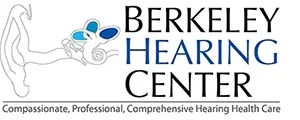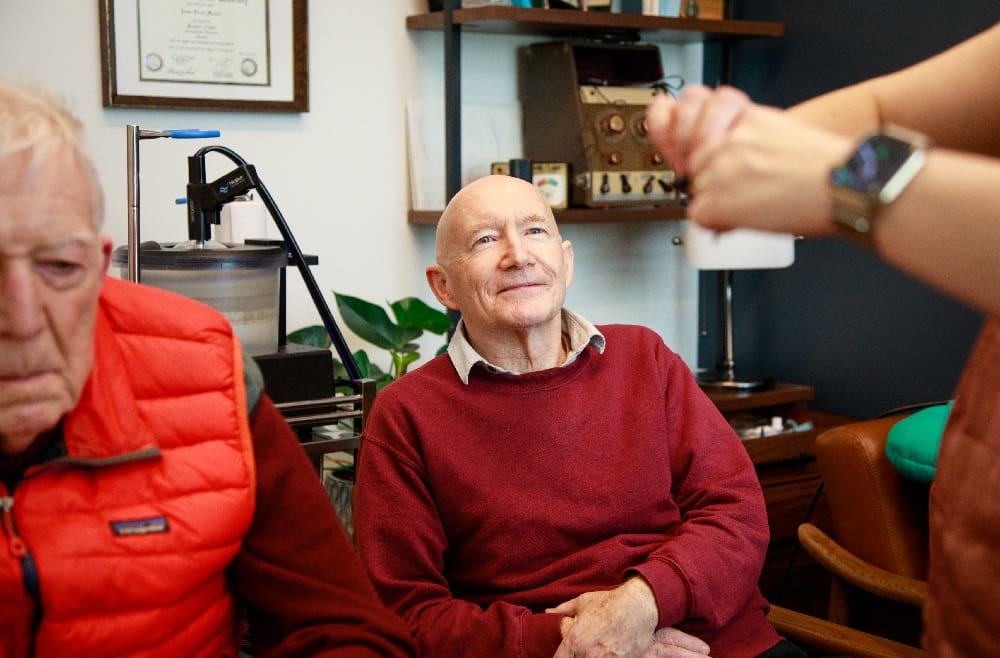2018-12-01
Jonathan Lipschutz Audiologist, M.S., F-AAA, Co-Owner
In audiology, we use acronyms to describe different types or styles of hearing aids. There are ITE (custom in-the-ear), BTE (behind-the-ear), CIC (custom completely-in-canal) and RIC (receiver-in-canal) hearing aids.
My least favorite are ITDs, in-the-drawer hearing aids. These are hearing aids that will likely never see the light of day again.
Why would someone pay all that money for something to help them hear better, but then never use it?!
Well, there are many good reasons (and some 'less good' ones too, of course). Some users complain that their hearing aids aren't comfortable in how they feel and/or sound.
Who can blame a person for not wanting to wear something that's uncomfortable or unpleasant? Then there are those folks that state that their aids aren't effective, that they don't help enough or are plagued with feedback issues.
Again, why use hearing aids that aren't helping and/or are annoying?
There certainly can be legitimate reasons for someone not using their hearing aids. Thankfully, just about anything that is wrong with the hearing aids can be addressed.
Now, this doesn't mean that hearing aids can or will make someone hear the way they did when they had truly normal hearing.
Most people with hearing loss have sensorineural or nerve hearing loss. And, unfortunately, once we have this type of hearing loss, our ears no longer send the brain as clear a signal as they did when they were healthy.
So unlike “corrective lenses” for people with vision issues, hearing aids are not able to “cure” or “correct” the problems associated with nerve hearing loss.
But don't despair, properly fit hearing aids really do help, should be comfortable and are (contrary to common misperception) really pretty easy to use and take care of.
https://berkeleyhearing.com/wp-content/uploads/2022/09/An-Audiologists-Least-Favorite-Hearing-Aids-CTA-banner-1024x128.jpg
Plus, there are a number of really cool & easy to use assistive devices (including our smart phones/watches!) that wirelessly connect to the hearing aids to significantly improve specific situations (television, noisy situations, cell phone, etc.).
And again, just about anything that is wrong with a hearing aid can be addressed. But here’s the catch, only if the provider is aware of the issue(s).
My 1st 'tip' is very simple.
Find an audiologist that knows what they are doing! Hearing aids only work as well as they are programmed and physically fit to the user. Period.
And just as important, find one who cares.
Proper treatment of hearing loss is a process. To do it properly takes knowledge, expertise and patience-from both patient and provider.
My 2nd tip is to be very engaged in the process.
Understanding the problem is fundamental to solving it. Talking with your audiologist about the audiometric results, how/why they relate to specific communication issues, will help you to fully understand the problem(s).
Communicate with him/her about any issues that might affect use or care, such as dexterity or vision issues. Once the overall problem is understood, treatment options can be discussed.
And though we can't completely fix the hearing loss, properly fit hearing aids can & should make a significant difference.
The most important aspect of treating hearing loss, of course, is amplification (hearing aids). I counsel all of my patients (and their families) about the importance of being involved in the fitting & fine-tuning process. And it is a process!
Everything about hearing aids is subjective, from how they feel physically to how they sound. Even, and especially, initial programming of hearing aids is always a just a starting point, with later fine tuning changes often needed.
There are way too many potential variables for there not to be 'bridges that need to be crossed'. I counsel my patients to evaluate what they are experiencing, with attention to details. I'm not in their head.
I don't feel what they feel or hear how they are hearing. With time and patience, just about any issue associated with hearing aids can be addressed. So be very engaged in the process. Ask questions. Verbalize problems, with details/examples.
As they say, the squeaky wheel gets the grease!
But even the most effective hearing aids won't help if the user can't use/care for them easily. I routinely set aside an hour and half for initial fitting appointments and an hour for follow-ups, because I know how important it is for patients to be comfortable & proficient in the use & care of their hearing aids.
Which brings me to my third/fourth/fifth tips, PRACTICE, PRACTICE, PRACTICE.
Unsurprisingly, it is critical to know how to use and care for them. Practicing insertion/removal, changing batteries and cleaning will ensure that the hearing aids give the benefits they are capable of providing, instead of ending up in the drawer.
My final tip is this, don't wait till you “need” hearing aids.
On average, it takes about 6 years from the time a hearing loss is first identified to when treatment is sought.
There's a 'use it or lose it' proposition to hearing loss, and the sooner it is addressed the better your (or a loved one's) life will be-now and into the future.
Jonathan Lipschutz Audiologist, M.S., F-AAA, Co-Owner






